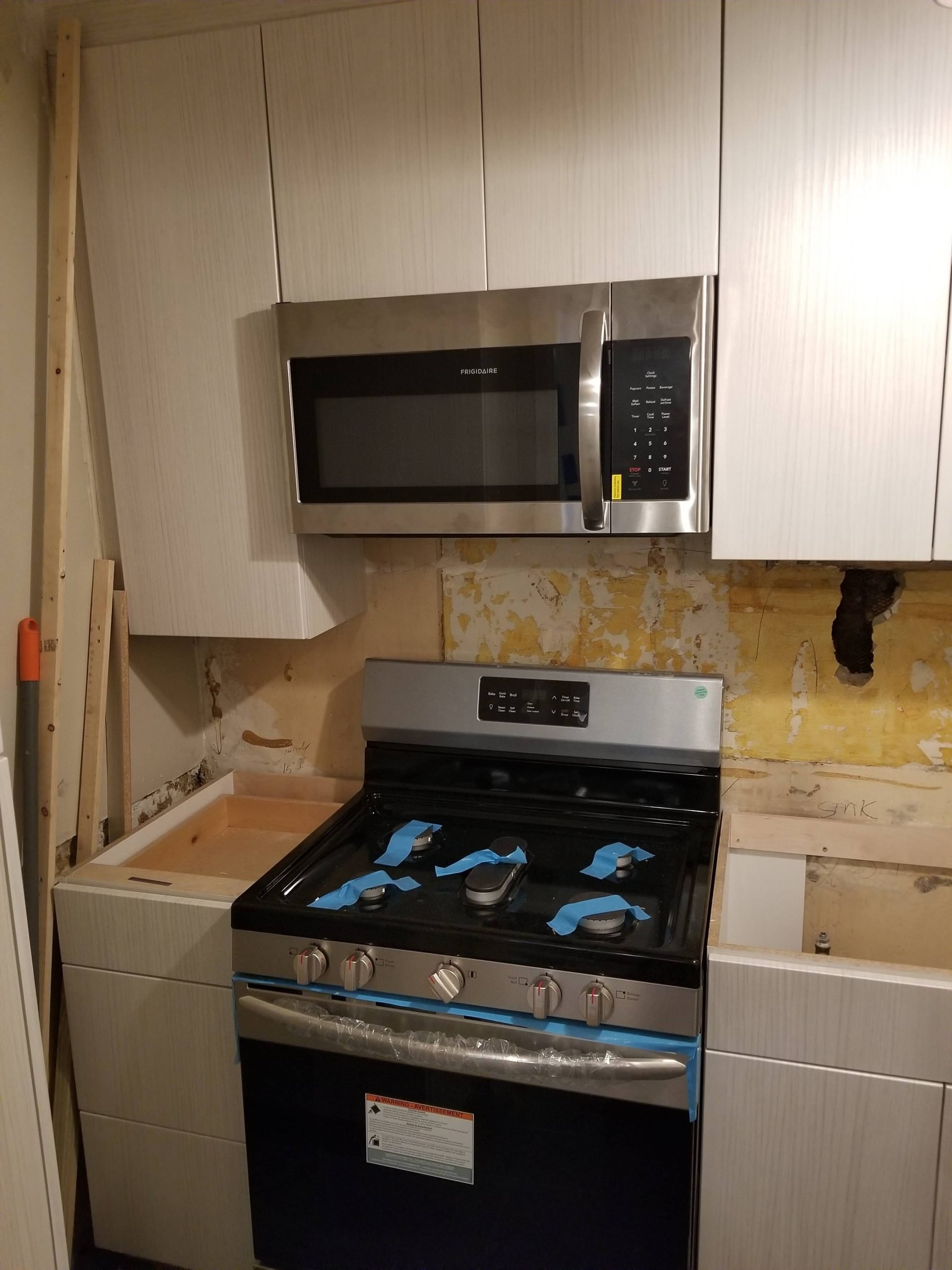Designing for the Future: Adaptive Home Renovation

In the current rapidly changing environment, the idea of home renovation has transcended beyond mere aesthetics. It has become a key aspect of creating spaces that are not only aesthetically pleasing but also functional and flexible for the long term. Homeowners are increasingly realizing the significance of developing environments that suit to their changing needs, ensuring that their homes remain useful and relevant for a long time to come. From the latest trends in sustainable materials to smart home features that enhance everyday living, the options for remodeling are vast and exciting.
If you are planning a significant renovation or just seeking to make minor updates that can change your environment, understanding the essentials of home remodeling is essential. This guide offers insights into effective planning, budgeting tips, and the latest trends to keep your house stylish and functional. Whether you decide to take on the task yourself or employ professionals, knowing how to manage the world of home renovation will enable you to create a place that reflects your lifestyle and principles while preparing for the long term.
Home Renovation Essentials

As you starting a home remodeling task, it’s crucial to create a clear blueprint that articulates your aims, budget, and timeframe. Begin by reviewing Bonuses and determining which spaces need updating or renovation. Consider factors such as efficiency, visual appeal, and likely resale value. Investigate the latest trends in home decor to inspire your vision and guide your decisions. Developing a detailed roadmap not only supports streamline the workflow but also limits costly missteps down the track.
Financial planning is a crucial aspect of any remodeling project. Comprehending how to renovate your home on a budget will allow you to make the most of your spending while attaining your desired results. Start by setting a practical financial plan that covers materials, work, and surprise outlays. Search for ways to minimize spending without sacrificing quality, such as obtaining materials nearby or going for do-it-yourself alternatives in certain areas. Don’t forget to consider the potential return on investment, as some renovation endeavors will yield higher economic benefits than others.
At the end of the day, deciding whether to take on a remodel yourself or hire a professional is a significant decision. Consider the advantages and disadvantages of do-it-yourself versus professional service, taking into account your capabilities and the difficulty of the task. While do-it-yourself projects can reduce money, employing a qualified contractor often ensures excellent results and adherence to regional regulations. Ensure to make educated determinations based on your personal objectives, the scope of the remodel, and your budgetary limits to secure a rewarding renovation of your home.
Movements and Innovations
Home remodeling is experiencing numerous developments and innovations that reflect changing preferences and choices. One of the most notable trends is the transition toward green practices. Sustainable home remodeling projects, such as utilizing sustainable materials and smart technologies, are becoming more and more popular. Homeowners are now focusing on renovations that reduce their carbon footprint, reduce utility bills, and encourage a more sustainable living environment. The addition of solar panels during a remodel is also gaining traction, allowing homeowners to capture solar power while improving their property value.
Additionally, the growth of smart home technology is redefining the way we engage with our residences. From automated lighting and climate control to cutting-edge security systems, integrating smart features into home renovations can greatly boost comfort and functionality. As property owners seek to create a more cohesive environment, remodels are increasingly focused on integrating these gadgets fluidly into their current designs. This movement not only enhances daily activities but also appeals to potential buyers, making properties more appealing in a competitive real estate market.
Finally, the concept of multi-functional spaces is becoming a key emphasis in home design. As many people continue to value working from home, the need for practical yet stylish spaces has never been greater. Rooms that can serve varied functions, such as home offices that double as guest bedrooms or recreation spaces that transform into movie rooms, are highly sought after. This innovation taps into the idea of adaptability, allowing residents to maximize their space while catering to their evolving needs over time.
Budgeting and Cost Management
Overseeing your budget effectively is crucial when preparing for a home remodel. Start by setting a realistic budget that includes all elements of the project, from materials and labor to permits and unforeseen costs. A good rule of thumb is to set aside an additional 10 to 20 percent of your funds for unexpected expenses. This enables you to handle any unexpected issues without disrupting your entire plan. Itemize costs by room or feature, which helps in understanding where your money will go and allows for changes if needed.
Following that, rank your remodeling goals. Identify which aspects of your project are essential and which can be viewed as upgrades or luxuries. Concentrate on remodeling projects that provide the best return on investment while also corresponding with your lifestyle needs. For example, kitchen and bathroom remodels generally offer higher ROI compared to aesthetic upgrades. This method not only helps in remaining to your budget but also guarantees you’re making smart financial choices that will benefit you long-term.
Lastly, consider various funding options to enhance your remodeling budget if needed. Look into home improvement loans, grants, or even saving plans that can help fund your project. Additionally, think about cost-saving tips such as tackling smaller DIY projects, sourcing materials from wholesalers, or even considering eco-friendly options that can reduce energy costs in the long run. By planning thoughtfully and being strategic about your spending, you can effectively manage your remodel budget without sacrificing quality or style.
